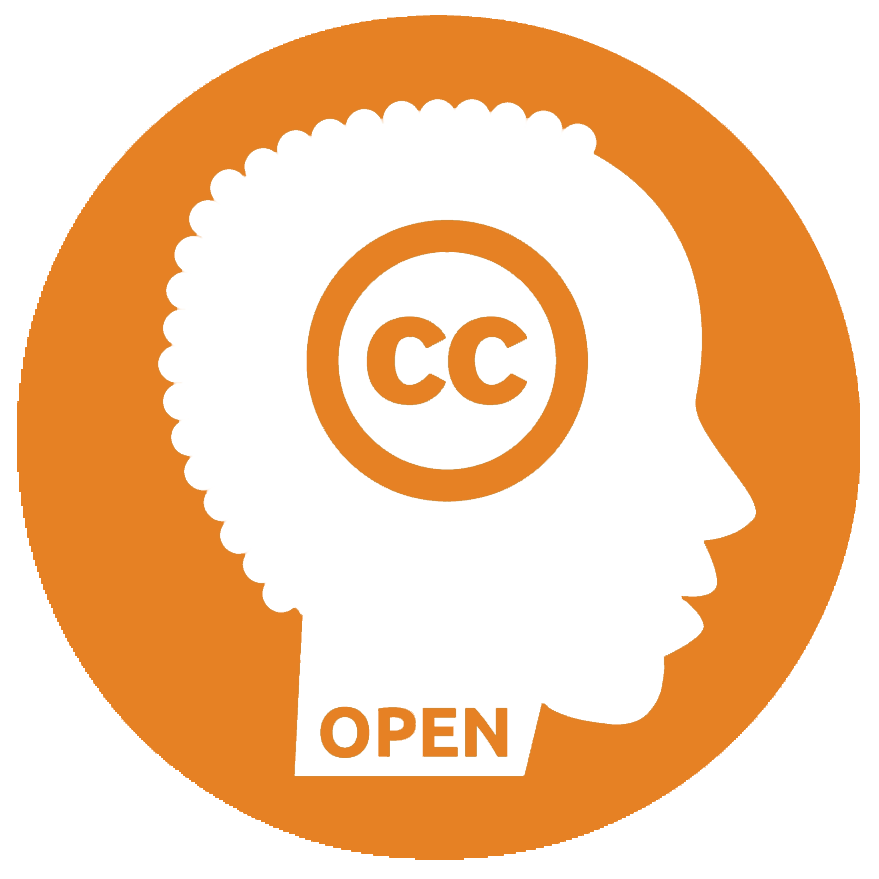Your search
Results 5 resources
-
This article reports the results of a meta-analysis of technology-based intervention studies for children with autism spectrum disorders. We conducted a systematic review of research that used a pre–post design to assess innovative technology interventions, including computer programs, virtual reality, and robotics. The selected studies provided interventions via a desktop computer, interactive DVD, shared active surface, and virtual reality. None employed robotics. The results provide...
-
The purpose of this review is to learn from rigorous evaluations of alternative technology applications how features of using technology programs and characteristics of their evaluations affect reading outcomes for students in grades K-12. The review applies consistent inclusion standards to focus on studies that met high methodological standards. A total of 84 qualifying studies based on over 60,000 K-12 participants were included in the final analysis. Consistent with previous reviews of...
-
This study quantitatively synthesized the empirical research on the effects of social context (i.e., small group versus individual learning) when students learn using computer technology. In total, 486 independent findings were extracted from 122 studies involving 11,317 learners. The results indicate that, on average, small group learning had significantly more positive effects than individual learning on student individual achievement (mean ES = + 0.15), group task performance (mean ES = +...
Explore
Outcome measure
- Behaviour (1)
- Learning (5)
- Socio-emotional learning (1)
Instructional domain (subject)
- Computing (1)
- Languages (1)
- Literacy (2)
- Mathematics (2)
- Multiple (1)
- Science (1)
- Social Studies (1)
Education Level and Type
- ECE 0-7 (2)
- Informal education (2)
- K-12 (5)
- Tertiary (3)
Groups of students
- EAL (2)
- Low-performing (1)
- Low socio-economic status (1)
- SEND (1)
School or home
- _No mention (1)
- School (3)
Moderating variables
- __ no obvious moderating variables (1)
- Country / culture (1)
- Design-type/ testing instruments (3)
- Ethnicity (1)
- Gender (1)
- Grade/education level (2)
- IQ (1)
- Length of time (4)
- Novelty Effect (1)
- SEND (1)
- Subject (1)
- Teacher involvement (1)
- Teacher pedagogy/implementation (1)
- Type of instruction methods (student/teacher centered) (1)
- Type of knowledge or task (exposing, procedural, active, etc (1)
Tech Hardware
- CD ROM/ DVD (1)
- Computer (4)
- Interactive whiteboards (1)
- Mobile/Smartphone (1)
- Multimedia (1 or more) (1)
- Tablet (1)
Tech Software
- Augmented Reality (1)
- Computer Algebra Systems (1)
- Computer-Assisted Instruction (CAI)
- Computer-Based Teaching (CBT) (2)
- Digital Media (audiovisuals) (1)
- E-book software (1)
- Game learning (1)
- General apps (3)
- Graphic organisers/Visualisations (1)
- LMS (2)
- Robotics (1)
- Simulations (1)
- Virtual manipulatives (1)
- Virtual Reality (1)
- Word processor (1)
Tech mechanism
Learning Approach
- _No mention (1)
- Blended learning (2)
- Classroom learning (3)
- Remote learning (1)
Teacher Pedagogy
- _No mention (1)
- Collaboration (1)
- Group learning (2)
- PC mixed with real objects (1)
- Peer learning (2)
Research methods
Effect size/ heterogeneity
HIC/LMIC
- HIC (high income) (2)
- Mixture or unknown (4)

